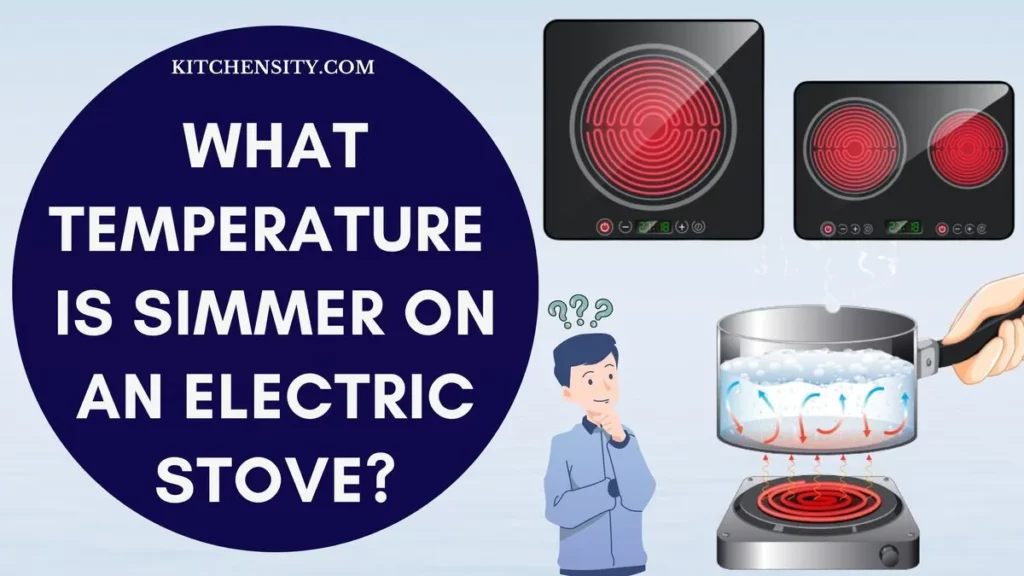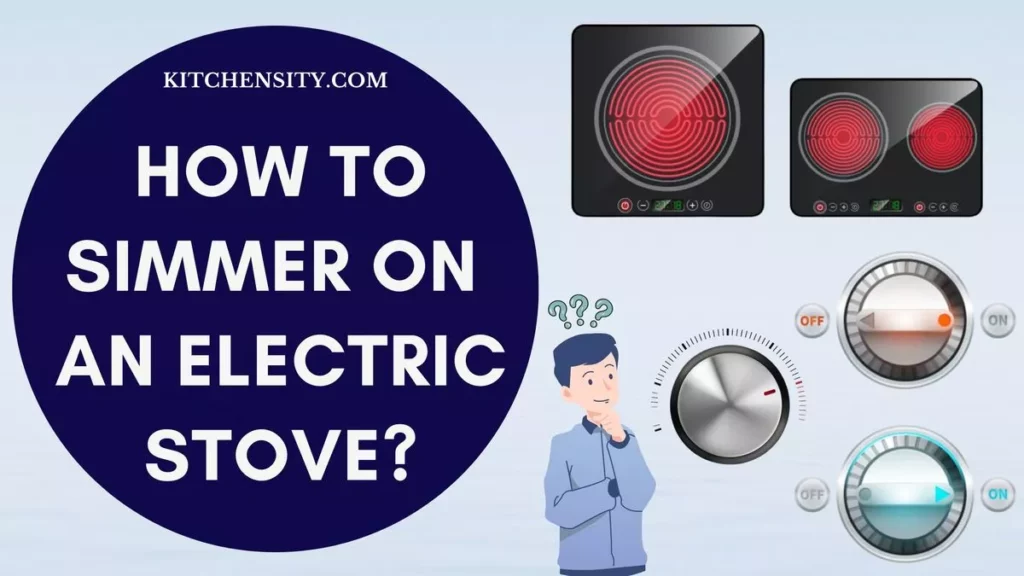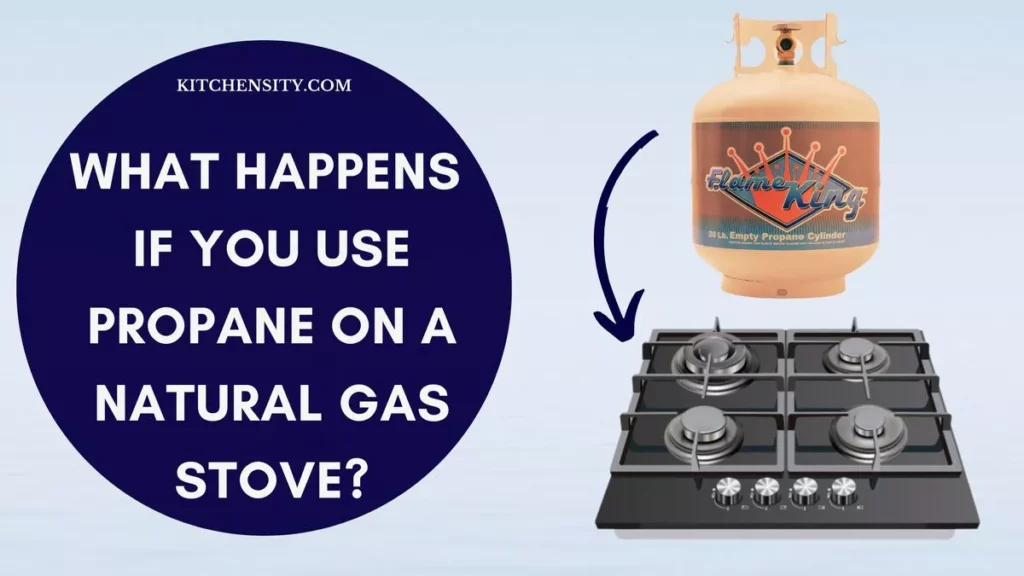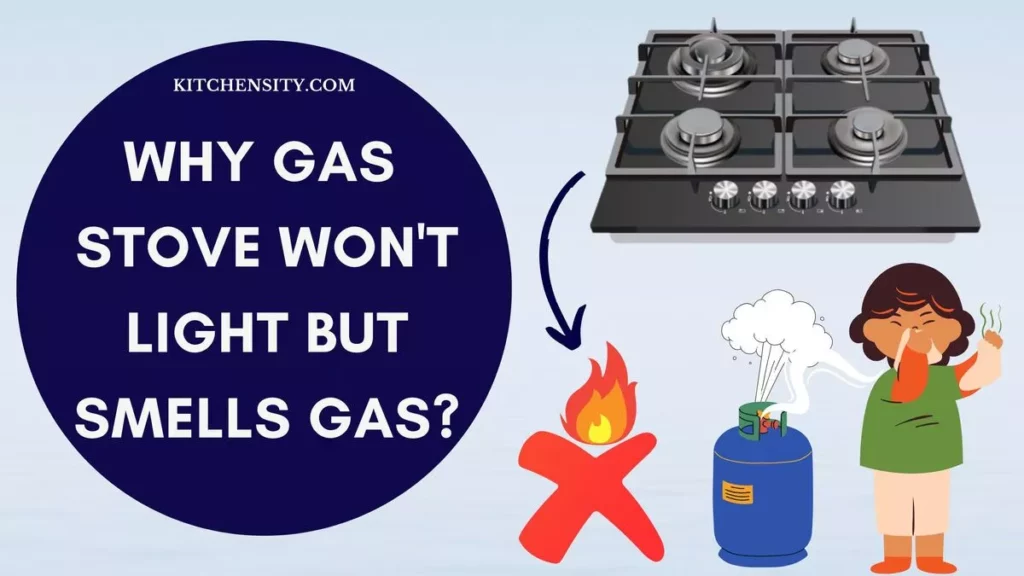Yes, you can paint gas stove grates, but it’s important to use heat-resistant paint designed for high temperatures. Regular paint will not withstand the heat and will likely peel or burn off when the stove is in use. Make sure to clean the grates thoroughly before painting, and follow the manufacturer’s instructions on the paint can for the best results.
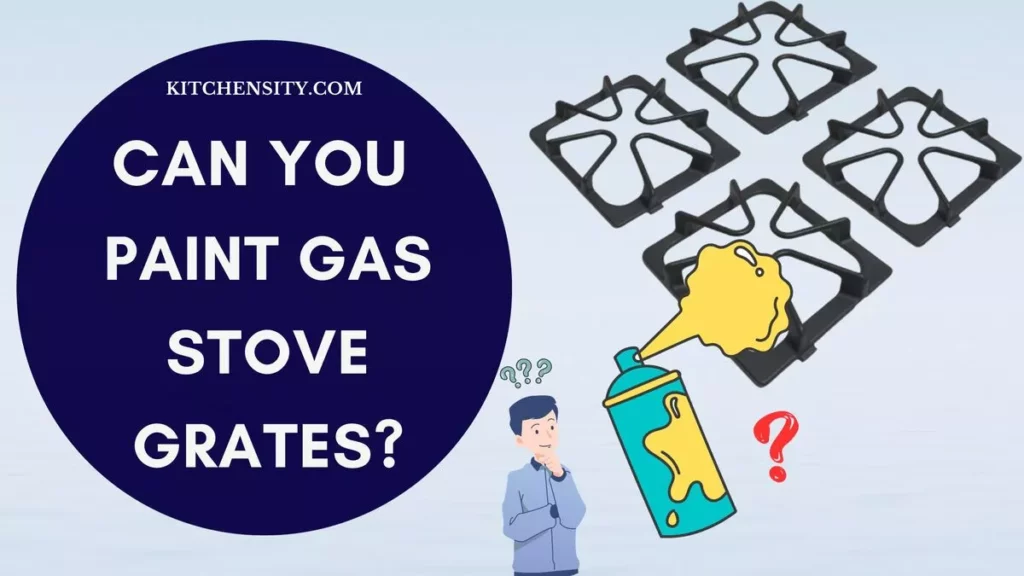
Table of Contents
- 1 What Are Gas Stove Grates?
- 2 How To Paint Gas Stove Grates? A Step-By-Step Process.
- 3 What Kind Of Paint Do You Use On Gas Stove Grates?
- 4 How Do I Make My Gas Stove Grates Look New?
- 5 How To Maintain The Gas Stove Grates To Avoid Discoloration?
- 6 Can You Paint The Gas Stove Grates White?
- 7 How To Make Stove Grates Black Again?
- 8 Final Thoughts On Painting Gas Stove Grates
- 9 FAQs: Can You Paint Gas Stove Grates?
- 9.1 Can You Paint Cast Iron Gas Stove Grates?
- 9.2 How Long Does The Painted Finish Last On Gas Stove Grates?
- 9.3 Can I Use Any Type Of Paint For Gas Stove Grates?
- 9.4 Can I Paint Rusty Gas Stove Grates?
- 9.5 Is It Safe To Use A Painted Gas Stove Grate For Cooking?
- 9.6 Can I Customize The Color Of The Painted Grates?
What Are Gas Stove Grates?
Gas stove grates are the removable, flat metal grids that sit on top of the burners on a gas stove. They provide a stable surface for pots and pans to rest on while cooking and help distribute heat evenly. Grates are typically made of cast iron, steel, or porcelain-coated materials. They come in various shapes and sizes, depending on the stove model, and are designed to withstand high temperatures.
The primary function of gas stove grates is to provide a stable surface for pots, pans, and other cooking utensils. By elevating cookware above the flame, these grates ensure even heat distribution, allowing food to cook uniformly. This fundamental design feature contributes significantly to the precision and reliability of gas stoves, enhancing the overall cooking experience for chefs and home cooks alike.
Also, the material properties of cast iron grates make them ideal for retaining and conducting heat efficiently. This characteristic is particularly advantageous when preparing dishes that require precise temperature control, such as simmering sauces or delicate desserts. The ability of gas stove grates to retain heat even after the flame is turned off ensures that food stays warm, allowing for convenient serving and enjoyment.
Also Read – How To Clean Electric Stove Burners And Drip Pans?
How To Paint Gas Stove Grates? A Step-By-Step Process.
Painting gas stove grates requires using heat-resistant paint and following a careful process to ensure the paint adheres properly and withstands the heat of the stove. Here’s a step-by-step process:
Materials Required:
- Heat-resistant paint for metal surfaces
- Fine-grit sandpaper
- Degreaser or vinegar and baking soda
- High-temperature primer (optional)
- Soft cloth or sponge
- Mild detergent
Step-by-Step Process:
- First, take off the grates from the stove and clean them thoroughly to remove grease, dirt, and debris. Use a degreaser or a mixture of vinegar and baking soda to clean them.
- Use fine-grit sandpaper to lightly sand the surface of the grates. This helps remove any remaining residue and creates a rough surface for the paint to adhere to.
- After sanding, clean the grates again to remove any dust or debris from the sanding.
- For best results, you can apply a high-temperature primer designed for metal surfaces. This will help the paint adhere better and provide a more durable finish.
- Use a heat-resistant paint specifically designed for metal surfaces and high temperatures. Apply the paint in thin, even coats, following the manufacturer’s instructions. Allow the paint to dry completely between coats.
- Once you’ve applied the final coat of paint, let the grates cure for the recommended time. This allows the paint to fully bond and become heat-resistant.
- Once the paint has cured, reassemble the grates on the stove. Before using the stove, heat it gradually to allow the paint to cure further and prevent any potential issues with the paint.
- To maintain the painted finish, avoid using abrasive cleaners or scrubbing pads on the grates. Instead, use a soft cloth or sponge with mild detergent to clean them.
Also Read – How To Clean An Electric Coil Stove Top?
What Kind Of Paint Do You Use On Gas Stove Grates?
For painting gas stove grates, it’s essential to use heat-resistant paint specifically designed for metal surfaces and high temperatures. Look for paints that are labeled as “heat-resistant” or “high-temperature” and are suitable for use on metal. These paints can withstand the heat generated by gas stoves without peeling or burning off.
Here’s the type of paint you should use on gas stove grates:
Heat-Resistant Paint.
The most suitable paint for gas stove grates is heat-resistant or high-heat paint. These paints are specially formulated to withstand elevated temperatures without chipping, cracking, or peeling. They provide a protective layer that can endure the heat generated by gas stoves, ensuring a long-lasting and attractive finish on your grates.
- When selecting a heat-resistant paint, check the product label or specifications to ensure it is designed for use on metal surfaces and can withstand temperatures typically found in gas stoves.
- Additionally, opt for a paint that offers good adhesion and durability, as these factors are crucial for withstanding the wear and tear associated with regular cooking activities.
Also Read – Can You Replace Burners On An Electric Stove?
High-Temperature Epoxy Spray Paint For Stove Grates.
If you’re looking for a high-temperature epoxy spray paint for your stove grates, you can consider using enamel paint. Enamel paint is one of the recommended paints for use on gas stoves. High-temperature epoxy spray paint is another popular option for painting gas stove grates. This type of paint can withstand high temperatures and is easy to apply to the stove grates.
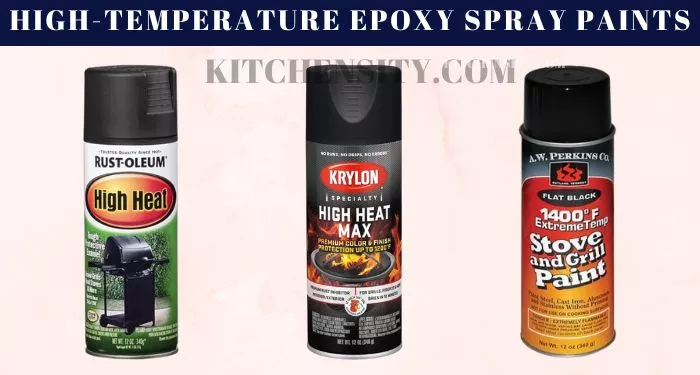
Here are some high-temperature epoxy spray paints that you can consider for your stove grates:
- Rust-Oleum Specialty High Heat Spray Paint: This paint is designed to withstand temperatures up to 1200°F and is ideal for use on grills, wood-burning stoves, and other high-heat surfaces. [Check On Amazon]
- Krylon High Heat Max Spray Paint: This paint can withstand temperatures up to 1200°F and is suitable for use on grills, fire pits, wood-burning stoves, and other high-heat surfaces. [Check On Amazon]
- AW Perkins Stove Paint Spray: This paint can withstand temperatures up to 1400°F and is ideal for use on stoves, grills, or other high-heat surfaces. [Check On Amazon]
Home improvement expert This Old House recommends, “To restore the appearance of your gas stove grates, consider painting them with a high-temperature paint. Proper cleaning and preparation are essential for the paint to adhere properly and withstand the heat of the stove.”
Here are the steps to use high-temperature epoxy spray paint on your stove grates:
- Remove the grates from the stove and allow them to cool.
- Clean the grates thoroughly to ensure there are no food particles, oil, or rust on them.
- Scrub the grates with a non-metallic brush.
- Shake a can of high-temperature epoxy spray paint for one minute.
- Spray on the first coat of paint and allow it to dry.
- Turn the grates over and spray a coat on the undersides. Allow the coat to dry.
- Repeat this and spray on two additional coats on both sides and all surfaces of the grates.
After following these steps, you should have a fresh-looking stove grate that’s ready to use again.
Also Read – How To Clean Gas Stove Grates?
How Do I Make My Gas Stove Grates Look New?
Restoring the appearance of your gas stove grates to make them look new involves a few simple steps and regular maintenance. To make your gas stove grates look new, you can follow these steps:
- Remove the grates from the stove and clean them thoroughly with a degreaser or a mixture of vinegar and baking soda. Use a soft brush or sponge to scrub off any grease or food residue.
- Fill a sink or large container with hot, soapy water and soak the grates for about 15-20 minutes to loosen any stubborn residue.
- Use a non-abrasive brush or sponge to scrub the grates thoroughly, paying attention to any stuck-on grime. Rinse them with clean water and dry them completely.
- If your grates have rust spots, you can remove them by scrubbing with a mixture of equal parts water and vinegar or using a rust remover product. Rinse and dry the grates after.
- Use a metal polish or a paste made from baking soda and water to polish the grates and remove any remaining stains or discoloration. Buff them with a clean cloth to restore shine.
- Once the grates are clean and dry, reassemble them and place them back on the stove.
- To keep your grates looking new, clean them regularly after each use. Avoid using abrasive cleaners or scrubbing pads that can scratch the surface.
Also Read – Can You Replace Burners On An Electric Stove?
How To Maintain The Gas Stove Grates To Avoid Discoloration?
Maintaining gas stove grates to prevent discoloration involves regular cleaning and proper care. Here’s how you can do it:
- Prompt Cleaning: Clean the grates after each use, removing any spills or food residues immediately. Use a soft brush or sponge with mild dish soap and warm water to prevent stains from setting.
- Seasoning: For cast iron grates, apply a thin layer of oil after cleaning and heat them for a while. Seasoning helps create a protective layer, preventing discoloration and rust.
- Avoid Harsh Cleaners: Refrain from using abrasive cleaners or metal brushes, as they can scratch the grates and lead to discoloration. Stick to gentle cleaning methods to preserve their appearance.
- Dry Thoroughly: After cleaning, ensure the grates are completely dry before placing them back on the stove. Moisture can contribute to discoloration and rust, so thorough drying is essential.
Can You Paint The Gas Stove Grates White?
Yes, you can paint gas stove grates white, but it’s important to use paint that is specifically designed for high temperatures and metal surfaces. Regular paint will not withstand the heat and may peel or burn off when the stove is in use. Be sure to clean and prepare the grates properly before painting, and follow the manufacturer’s instructions on the paint can for the best results.
How To Make Stove Grates Black Again?
To make stove grates black again, start by removing them from the stove and cleaning them thoroughly with a degreaser or a mixture of vinegar and baking soda. Use a soft brush or sponge to scrub off any grease or food residue. Next, soak the grates in hot, soapy water for about 15-20 minutes to loosen any stubborn residue. Scrub them again with a brush or sponge, rinse with clean water, and dry them completely.
If the grates are still discolored, you can apply a high-temperature paint specifically designed for metal surfaces. Once the paint has dried, reassemble the grates and place them back on the stove. Regular maintenance, including cleaning them after each use, will help keep the grates black and looking new.
The Spruce advises, “Before painting gas stove grates, ensure they are thoroughly cleaned and free of grease or residue. Use a heat-resistant paint designed for metal surfaces and follow the manufacturer’s instructions for the best results.”
Also Read – Are Electric Stove Burners Interchangeable?
Final Thoughts On Painting Gas Stove Grates
In conclusion, the answer to the question “Can You Paint Gas Stove Grates?” is a definitive yes. With the right materials, careful preparation, and attention to detail, painting gas stove grates can transform worn-out, dingy grates into sleek, fresh kitchen accents. The key lies in choosing heat-resistant paints designed specifically for metal surfaces and following a systematic approach that includes thorough cleaning, proper priming, and meticulous painting techniques.
Incorporating these techniques not only enhances the longevity and functionality of gas stove grates but also elevates the overall look of the kitchen space. So, for anyone looking to revamp their kitchen without the cost of replacing appliances, painting gas stove grates stands as a practical, efficient, and budget-friendly option. Embrace this transformative DIY endeavor and breathe new life into your kitchen, ensuring both practicality and style coexist harmoniously.
Also Read – Do Electric Stoves Use Gas?
FAQs: Can You Paint Gas Stove Grates?
-
Can You Paint Cast Iron Gas Stove Grates?
Yes, you can paint cast iron gas stove grates using heat-resistant paint specifically designed for metal surfaces.
-
How Long Does The Painted Finish Last On Gas Stove Grates?
When properly applied and cured, the painted finish on gas stove grates can last for several years, even with regular use.
-
Can I Use Any Type Of Paint For Gas Stove Grates?
It’s recommended to use heat-resistant paint specifically designed for metal surfaces. Regular paints may not withstand the high temperatures of gas stoves.
-
Can I Paint Rusty Gas Stove Grates?
Yes, you can paint rusty gas stove grates after cleaning and priming them. Removing rust beforehand ensures a smoother and longer-lasting finish.
-
Is It Safe To Use A Painted Gas Stove Grate For Cooking?
Once the paint is fully cured, it is safe to use the gas stove grate for cooking. Make sure to follow the curing instructions provided by the paint manufacturer.
-
Can I Customize The Color Of The Painted Grates?
Absolutely! Heat-resistant paints come in various colors, allowing you to choose a shade that complements your kitchen decor.
🔧 Stove Expert | 🔥 Gas Guru | 🏠 DIY Enthusiast | 🎨 Painter Extraordinaire
John Davis is your go-to source for all things stoves, from expert repairs to maintenance tips. With a deep understanding of gas systems, including natural and propane, John ensures your kitchen stays cooking safely. His passion for DIY home and kitchen projects shines through his stunning paint transformations. Trust John to bring warmth and functionality to your home, one stove at a time.

